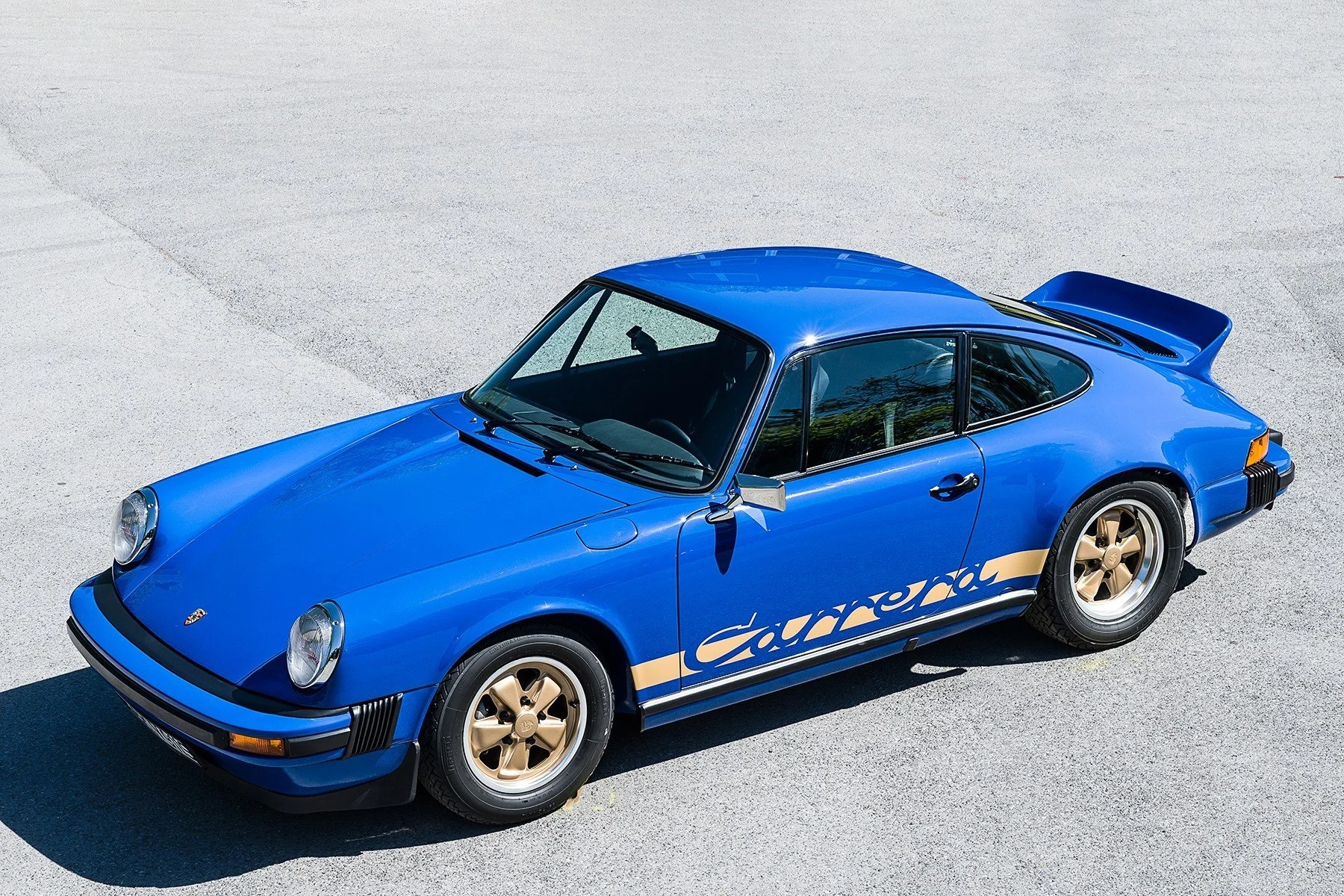One to Buy: RSR #1 ex-Martini Racing 1972 Porsche 911 2.8 Carrera RSR 'Werks' Prototype
/Worthy candidates for ultimate 911 are numerous, but can anything top an ex-works Martini Racing RSR from 1973 that bagged sixth overall and fourth in class at the Targa Florio World Championship race?
Read More
















